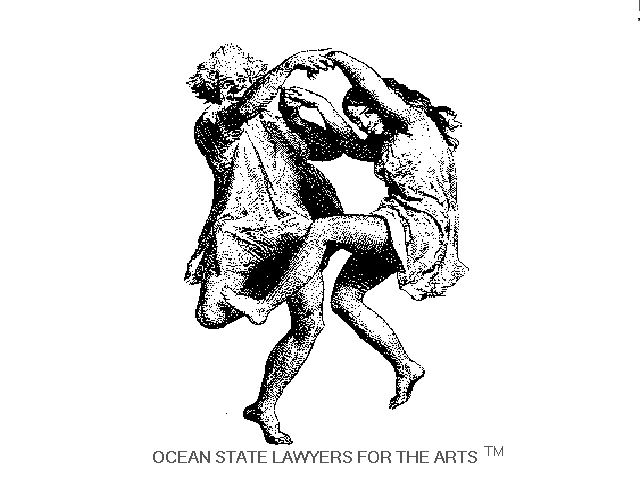
Pursuant to the Sonny Bono Copyright Extension Act, the life of a
copyright is
the life of the author plus seventy years for all works of art created
but not published prior to 1978 or works created after December 31,
1977. For all other pre-1978 works, the life of the copyright is an
initial term of 28 years plus a renewal term of 47 years for a total of
75 years. Unfortunately, in order to get the renewal term, it was
required that the copyright owner register the renewal within one year
following the first term. For works created by a corporate entity
through a work-for-hire, the life of the copyright is now 95 years from
the date of publication or 120 years from creation, whichever
comes first.
A new law enacted on June 26, 1992, The Copyright Amendment Act of 1992, states that all owners of pre-1978 copyrights which are eligible for renewal between 1991 and 2005, need not register their renewals. Under the new law, any renewal of copyright in work for which the original copyright was secured between January 1, 1963 and December 31, 1977, will be automatic. Renewal registration may still be a good idea since it clarifies the identity of the current owner of the copyright and it constitutes evidence of all facts asserted in the renewal certificate. First Published Version, copyright 1992 David M. Spatt
THREE YEARS AND YOUR OUT, USUALLY
When dealing with copyright infringement, the general rule is that a
right to sue lasts for only three years after the infringement
occurred. That is the general rule. Unfortunately, the Federal
court system, which is purportedly one system which follows one uniform
set of rules of law, is divided into thirteen Circuits. These different
Circuits often have varying rules about how Federal statutes should be
interpreted.
In some Circuits, if the infringement is such that the rightful
owner of the copyright could not have discovered it until a time after
the infringement occurred, then the three year statute of limitations
does not start to run until that later date. The rule in this case is
that the period of limitations runs from the date you actually
discovered the infringment or reasonably should have discovered it,
whichever comes first. The last time I looked, this was the rule in the
2nd Circuit, where New York State is located.
An example of this would be if the infringement was of so small a
number of copies or limited in the scope of the distribution that it
would be unfair to expect the copyright owner to have knowledge of it.
In other Circuits, the time of discovery of the infringement is not
relevant, and the period of limitation runs from the date of the
infringement.
Another situation where the three year statute of limitations may
not apply is where the infringement was not a single instance of
copying. Where the infringment is an ongoing and continuous event, some
courts hold that all the acts within the event are viewed by many
courts as one infringing act. Therefore, if someone wrongfully used an
artwork for the past five years, and the use was continuous, it is
quite possible to get damages for all the acts, even those that
occurred more than three years ago. It is all viewed as one wrongful
infringing act and the statute of limitations period does not start to
run until the continuing infringement ceases.
On the other hand, other courts hold that if the infringement was
of
an ongoing nature, you can sue only for any infringement that took
place within the three years prior to the filing of the lawsuit, but
not before. There are a few other permutations as
well, but you get the picture. I suggest that an attorney be consulted
for the finer details in your particular case.
First Published Version, copyright 1995 David M. Spatt
THIS WEBSITE CANNOT BE USED AS A SUBSTITUTE FOR SOUND LEGAL ADVICE FROM A COMPETENT ARTS OR ENTERTAINMENT ATTORNEY.
In the event of a legal problem or question, specific legal consultation is advised. This website is intended only as a means of educating arts organizations and artists of all disciplines as to their potential legal rights and liabilities. The information provided is made available with the understanding that neither OSLA nor the office of David M. Spatt is engaging in the rendering of legal counsel.copyright 2003 David M. Spatt, All rights reserved
Reproduction is prohibited without the express written consent of the author
